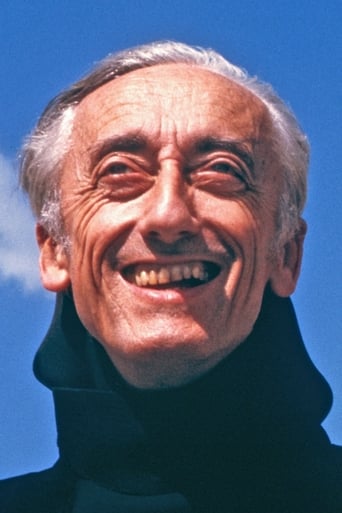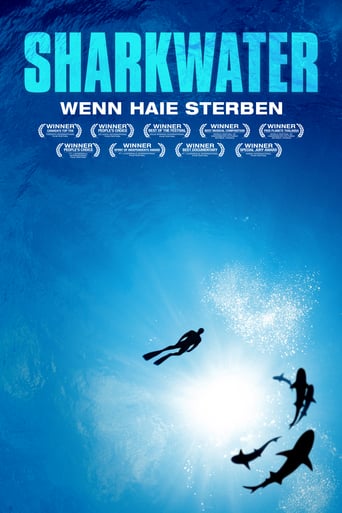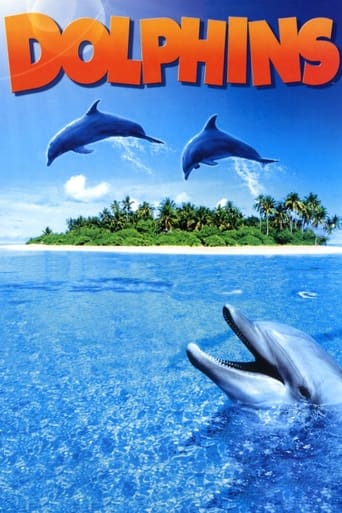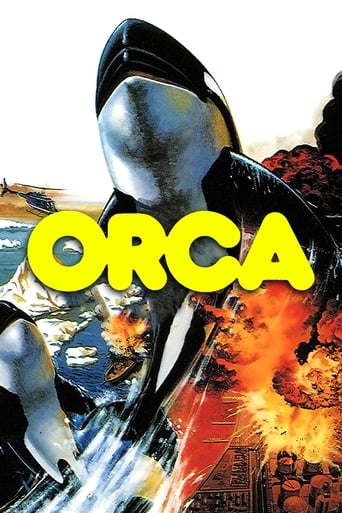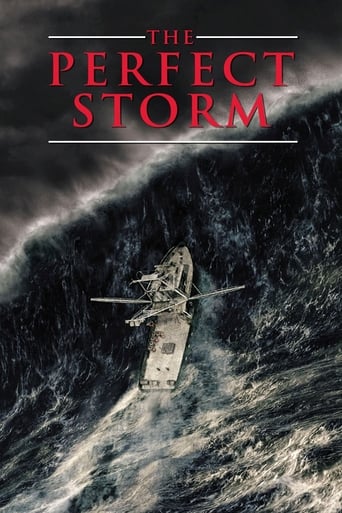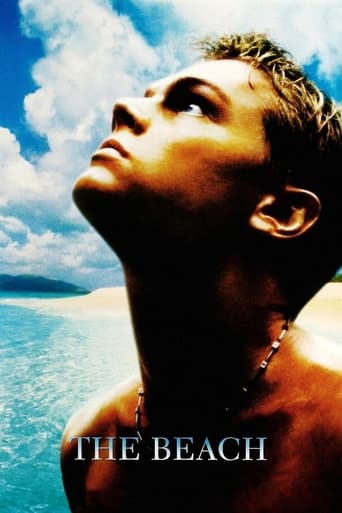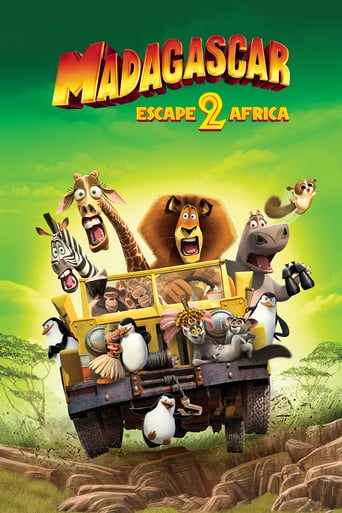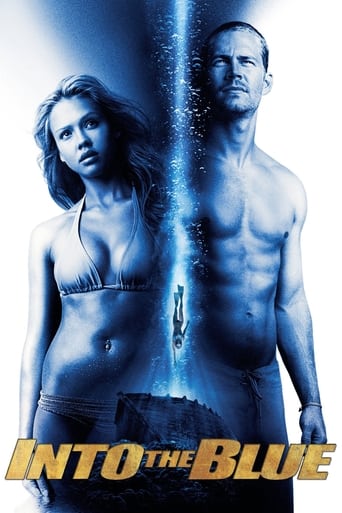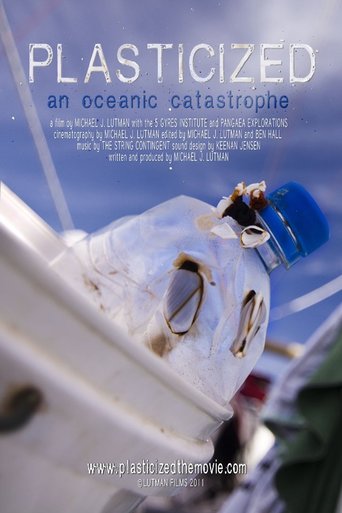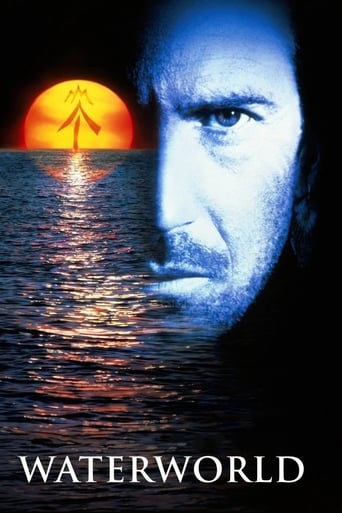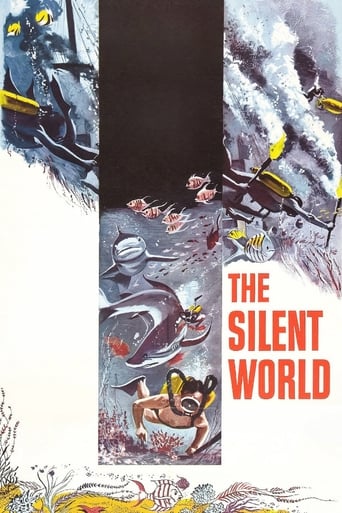

The Silent World (1956)
The Silent World is noted as one of the first films to use underwater cinematography to show the ocean depths in color. Its title derives from Cousteau's 1953 book The Silent World: A Story of Undersea Discovery and Adventure. The film was shot aboard the ship Calypso. A team of divers shot 25 kilometers of film over two years in the Mediterranean Sea, the Persian Gulf, the Red Sea and the Indian Ocean, of which 2.5 kilometers were included in the finished documentary.
Watch Trailer
Cast


Similar titles
Reviews
This is one of the few movies I've ever seen where the whole audience broke into spontaneous, loud applause a third of the way in.
While it doesn't offer any answers, it both thrills and makes you think.
This is a small, humorous movie in some ways, but it has a huge heart. What a nice experience.
I enjoyed watching this film and would recommend other to give it a try , (as I am) but this movie, although enjoyable to watch due to the better than average acting fails to add anything new to its storyline that is all too familiar to these types of movies.
"The Silent World" has left me with the same puzzlement than that first Mickey Mouse classic, the first cartoon with synchronized sound, you know, "Steamboat Willie". That the two milestones are set above the water isn't the point, the point is in the cruel treatment animals get all through the journey. And keep in mind, one is a cartoon and the other is praised for its ecological values. In fact, my puzzlement had a lot to do with my expectations, but the reputation of "The Silent World" is likely to set them high.The 1956 documentary featured the first Technicolor underwater shots made possible thanks to great water-proof cams combined with Jacques-Yves Cousteau innovative scuba diving equipment. The iconic Commandant and soon-to-be ecological icon has always been revered as the early defender of environment at a time where global warming and ecosystem didn't even belong to the dictionary. The film was the directorial debut of Louis Malle, whose body of works includes "My Dinner With Andre", "Atlantic City" and "Au Revoir les Enfants". Last but not least, the film won the Golden Palm at Cannes Festival and the Oscar for Best Documentary. In a certain way, "The Silent World" exuded cinematic respectability from every drop of water the Calypso sailed over.Even the title was the promise of some magnificent shots under the sea where we would be transported into the majestic beauty that dominates a few leagues under the sea and discover the fauna and flora with only the sound of bubbles pouring or the diver's breathing in the background, you know a more Bergmanian version of National Geographic stuff. But what we get in "The Silent World" is a world that is anything but silent, it's about a bunch of explorers aboard the Calypso, sailing over the Indian Ocean. Guys who wander in the boat wearing swimming trunks, smoking cigarettes and not acting like the noble-hearted environmentalists we expect. Sure, they are experts in diving and the film fulfills its documentary value by educating us on the origins of scuba diving and such but these are not the parts the Captain-Planet generation will most remember.I still have the dynamiting of the reef in mind, the only way to number the sea population, what an odd irony, killing creatures to identify the living. There's another scene where a diver uses a brave tortoise to move into water and almost complains that he had to abandon it when it was out of breath. I guess this is all preparing us to the infamous encounter with the sperm whales, and when a baby whale goes under the boat and gets torn up by the propeller, "because it was careless, like a kid" says the narrator, his long agony is shown, someone tries to harpoon it but the only way to end its misery is to shoot it in the head, and it's shown in close-up. Pretty hardcore. But this is nothing, the bleeding whale attracts dozens of sharks, and when the narrator says that "sharks are the mortal enemies of sailors" (unlike the dolphins who're like their pals), you know the worst is to come.The Calypso crew literally rail at them. It's a live massacre that didn't seem to bother anyone by the time of the film's release and that even Cousteau regretted later, you see the so-called environmentalist display such a high level of violence, hitting, harpooning, disfiguring the sharks, that a PETA member would call them Animal Nazis or Apocalypso. So, give Spielberg a break, he didn't start that whole trend against sharks. This is the climactic display of violence, only followed by the discovery of giant tortoises in an Island, and at that point of the film, we're not even surprised to see them sitting on them and smoking cigarettes. The film is to documentary what "Tintin in Congo" is to comic-books, if you're not familiar with this album, never mind, you don't miss much.The film ends with a friendlier encounter with a grouper nicknamed Jojo but even the narrator has a sense of condescension toward the animal, and it seems that "The Silent World" is about men who loved the sea but didn't treat its inhabitants with equal respect, there was still that 'distrust' and ancestral hatred pumping in their macho veins and as strange as it sounds, maybe it's all these controversial characteristics that made "The Silent World" an interesting film, it didn't try to play the documentary card, it just was a honest and bold reflection of its time, and the guys there were no environmentalists, or ecologists, but adventurers as flawed and disrespectful as treasure hunters.It's obvious that the world of sea would be better left without humans, I was just watching these disaster documentaries, one about the future of the planet if there were no humans, and if the Earth stopped spinning. In both cases, fish species wouldn't suffer much, on the contrary. So it's obvious that men had an impact on the oceans and we're doomed already, it's been 10 years since we've been briefed about this inconvenient truth. It's certain that we have enough documentaries to look with hypocritically tearing eyes at how the sea used to be. But when I had "The Silent World" in mind, I was expecting this kind of documentaries, it wasn't, but strangely enough, it was entertaining in its own wicked way.So, for its controversial content that reflects the behavior of men that prevailed even within the context of a respect toward the environment, for its lack of moral consensus and its rather acid and condescending tone, "The Silent World" has the appeal of these controversial milestones, a shocker but a necessary one. I wasn't prepared for how awful some parts would be, but this is what makes it so interesting, the film doesn't leave you indifferent, and still, some underwater shots are breathtaking.
This visually stunning masterpiece by the great undersea explorer, and co-directed by a young Louis Malle, is one of the most gorgeous films ever made. With his revolutionary equipment, Cousteau was able to capture the eerie majesty of the ocean and its mysterious inhabitants with vibrant, dazzling color. It's no wonder to me how this film won the Palm d'Or and an Oscar because it is probably the best filmed documentary ever.The focus on the new technology and the lives of the shipmates was even more fascinating than the nature, particularly the more violent scenes like the butchering of the sharks by the sailors or the dynamite in the water, used to discover the diversity of fish in the area. It is for this reason, I would guess, that this film has been forgotten and the animal rights movements of today would likely shun the film. Still, I hope for a resurgence of "The Silent World", and all Cousteau films for that matter.
MUST-SEE viewing for any 'adult' that caught Wes Anderson's send-up of the Cousteau crew earlier this year in "The Life Aquatic with Steve Zissou." If anything, this early documentary proves that the actual Cousteau crew was even more outlandish than Bill Murray's gang.One politically incorrect scene in particular shows the crew pulling sharks out of the ocean and beating them to death with clubs, while nightly dining includes plenty of fresh SEAFOOD! The major project of the expedition is the mapping of the ocean floor using advanced sonar, but in between the crew stays busy exploring the ocean and occasionally 'interfering' with the habits of the local sea creatures.You'd never see this kind of disrespectful attitude in a National Geographic docu today and in a way it's kind of refreshing to see that these guys are not infallible.One note to those with sensitive stomachs, there is a scene where the Calypso 'accidentally' runs over a baby whale and the resulting wound turns the ocean bright red forcing the crew to capture the whale and administer a 'kill shot' in order to put it out of it's misery.Parents might want to think twice about bringing kids to see this rather graphic look at ocean research and some of its inherent dangers.
Le Monde du Silence (The Silent World) is based on the best-selling book of the same name by famed oceanographer Jacques Cousteau. Set on board--and below--the good ship Calypso during an exploratory expedition, this feature-length documentary was co-directed by Cousteau and Louis Malle, whose first film this was (Cousteau selected Malle for this assignment immediately upon the latter's graduation from film school). Highlights include a shark attack on the carcass of a whale, and the discovery of a wrecked, sunken vessel. After winning adulation and awards at the Cannes Film Festival, Le Monde du Silence went on to claim an Academy Award. Much of the breathtaking underwater camera-work was photographed personally by Louis Malle, who thereafter confined his film-making activities to dry land.See the underwater world through the eyes the divers of the Calipso and Jacques Yves Cousteau and Dumas.This was Cousteau's first feature-length documentary film, which won the Grand Prize at the Cannes Film Festival in 1956, as well as an Oscar for best documentary, and became a true artistic landmark. Fascinating from its first frames, which show five divers descending through the blue expanse of the ocean. Each carries a bright flare, blazing a path of light into the murky ocean depths as a cascade of bubbles rises to the surface in their wake. "This is a motion-picture studio 65 feet under the sea," announces the narrator. These are Cousteau's "menfish" -- divers who, thanks to the aqualung, have gained the motility of creatures born to live in the sea.They go deeper, to 200 feet, and enter what Cousteau calls "the world of rapture." At this depth, the body cannot process the increased levels of nitrogen in the bloodstream, and divers suffer from "nitrogen narcosis" -- an instantaneous intoxication that, Cousteau tells us, causes the coral to assume "nightmare shapes".They dive deeper still, to 247 feet, and film the deepest shot ever taken at that time by a cameraman.The latest precision cameras... the deepest dive yet filmed...' Things change, though. Whereas this was regarded at the time as irreproachable, improving, suitable for classroom bookings, the good Captain Cousteau and his all-male ensemble come across now, in 1998, as an aggravating lot, in their once natty '50s swimwear, amusing themselves by straddling giant turtles and turning them into agonising 'comic relief', or filling the screen with torrents of blood as they slaughter a passing school of sharks ('All sailors hate sharks'). On the other hand, the film-makers' intermittent poetic ambitions are strikingly justified as the cameras explore the wreck of a torpedoed freighter, the commentary becoming an elegy for the lost ship and her crew. The movie has acquired a further dimension as an apprentice work by co-director Louis Malle, though students of his oeuvre will need ingenuity to relate this to anything he made subsequently.There is some amazing footage on this. The bell of a shipwreck is cleaned to reveal its identity 'The Thistlegorm'. Watch Dumas dancing with a giant grouper. See the team experience narcosis whilst catching lobsters below 60M!If you have read the book of the same name you will have imagined the excitement and wonder that Cousteau and his team felt during their pioneering expeditions. Now you have a chance to see for yourself the original footage of Cousteau's adventures


